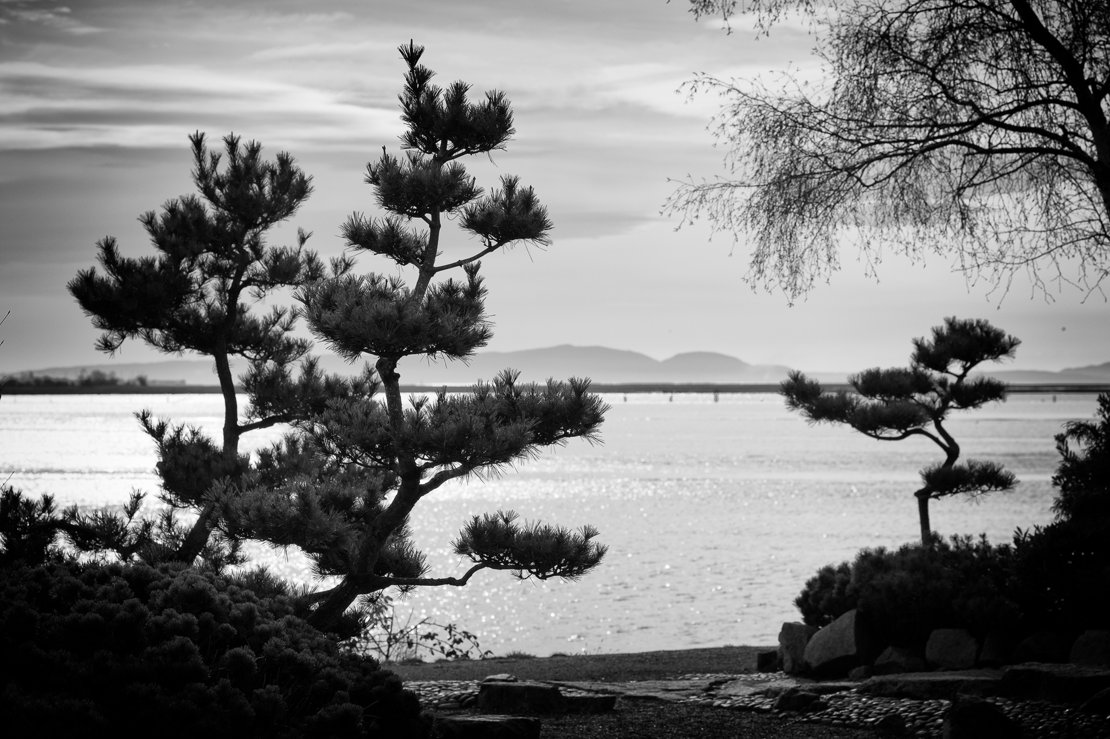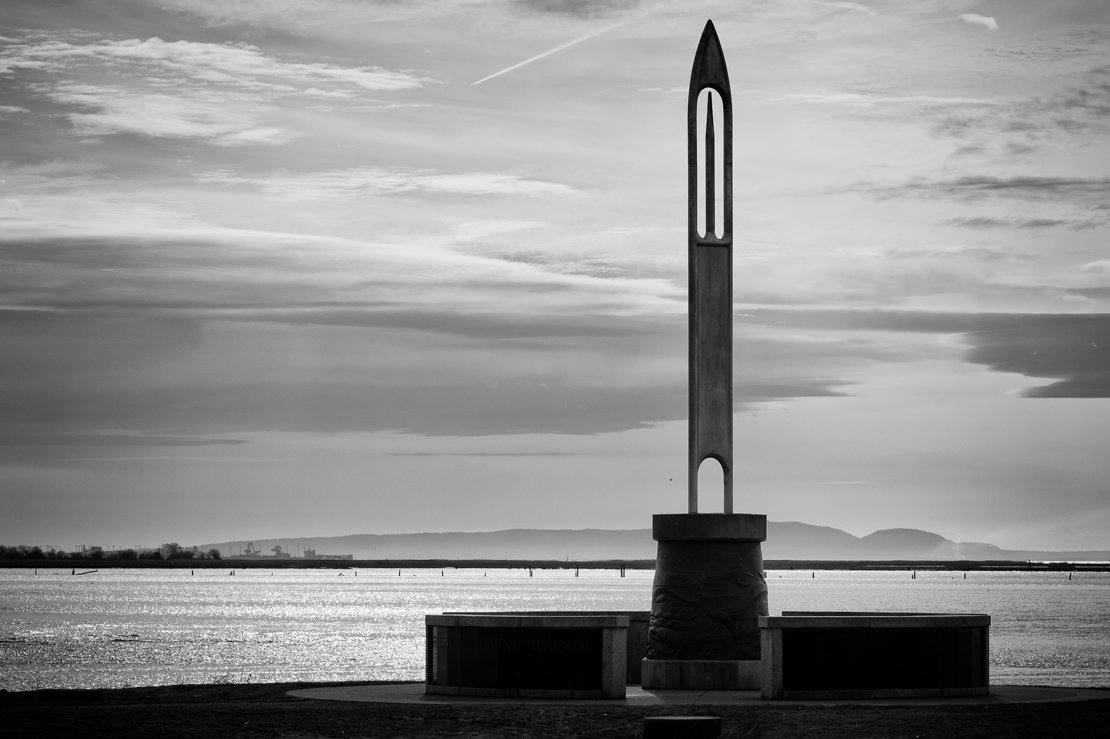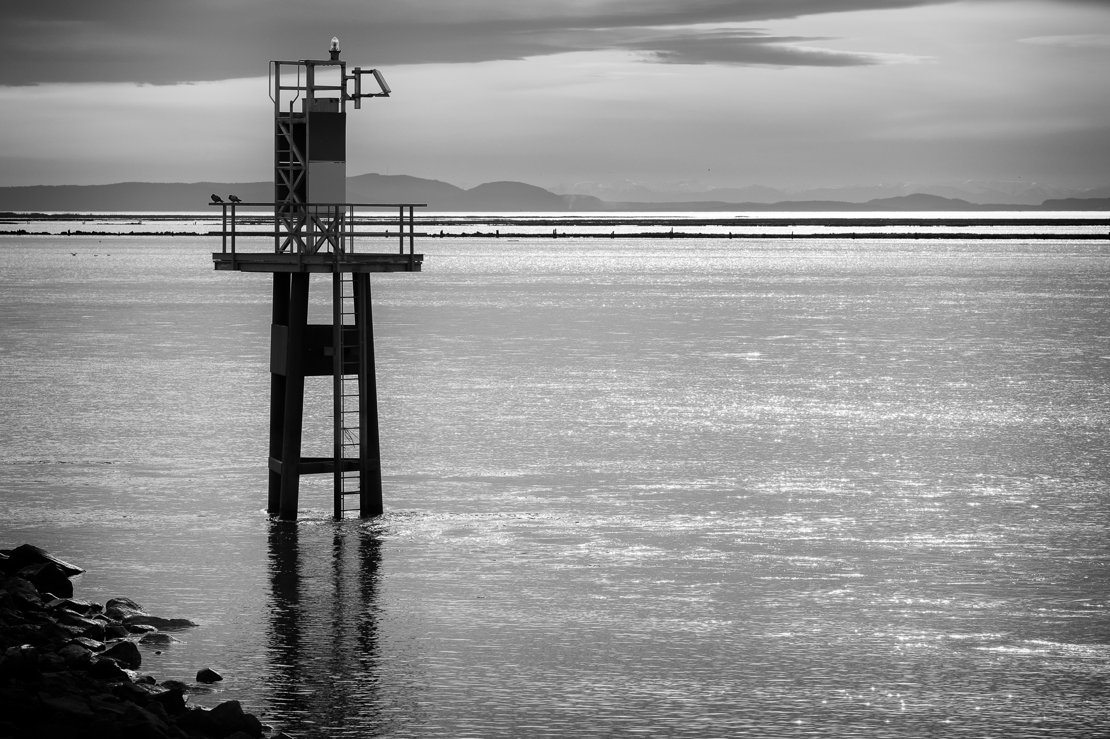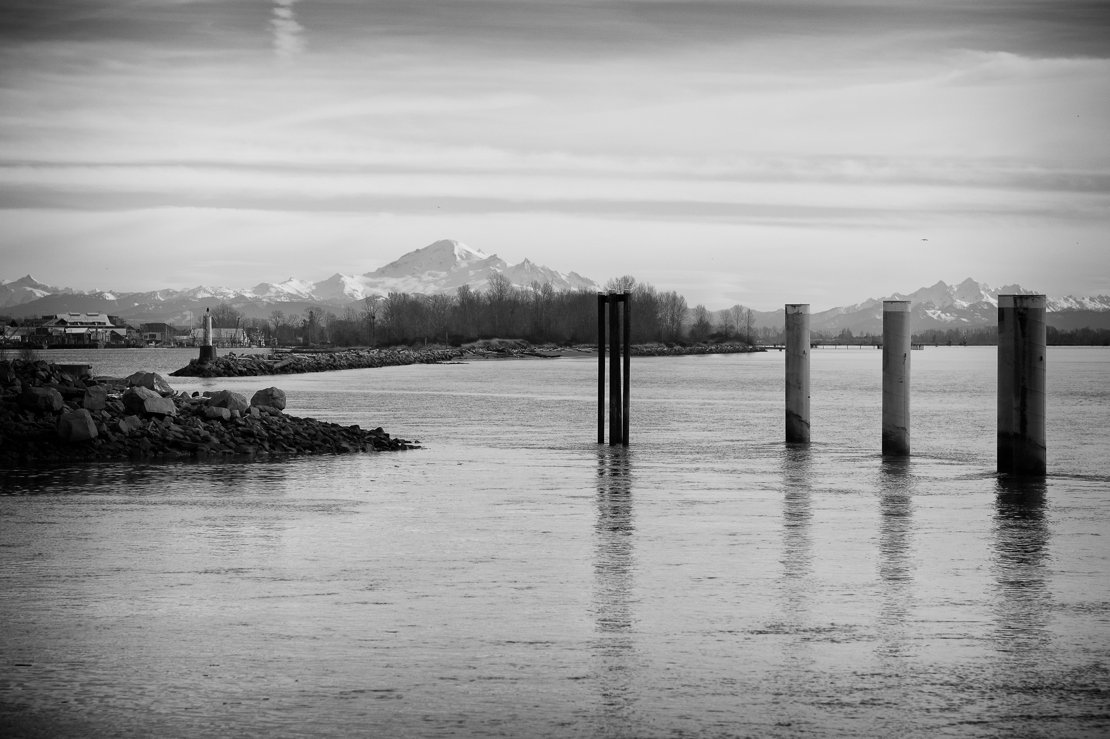To Process Or Not To
There are more arguments about photo editing and processing than there are photos in this world. Ok, that might be a slight exaggeration. But still, it is an argument that has become especially prominent with the rise of digital photography due to the easy manipulatability of photographs.
Some people believe you can do whatever you want to a photo, it is all about art. At the opposite side of the spectrum are the purists - who believe that the only changes you are allowed to make are basic exposure, white balance and sharpening. I am more specific in my beliefs.
If you ask me this question, I would say that it depends on the purpose of the photograph. If it is to document something formally like a crime scene, biology, photojournalism etc., then it is paramount that any adjustments be limited to those that improve the quality of the image and improve the correlation between it and the real world. Take note that I did NOT say it should be limited to basic exposure. My reasoning can be understood by realising that when you press the shutter button on any camera, especially a digital camera, before that image is stored on the memory card it had undergone a huge amount of processing. Some of these processing steps are:
Light wave are being bent by the optics in the lens, and colour casts are introduced and other optical aberrations such as chromatic aberrations, vignetting, distortion etc. No lens is perfect.
These photons pass through an IR filter which removes IR wavelengths.
Most cameras have a low pass filter to slightly soften the image so as to reduce the chance for moiré. This destroys some fine detail.
The light wave is further bent via micro lenses that sit in front of each photo site on the camera sensor.
Once the photos hit the CMOS sensor, they cause an electric charge to build up. This charge contains background noise levels from quantum effects, distorting the signal and introducing noise.
Depending on the CMOS sensor, reading the electric charges in each photo site will necessarily introduce some additional noise and signal alteration.
Once the electrical values for each photo site has been read, it is sent to an ADC (Analogue to Digital Converter) and various other electric components to ultimately end up in the RAM / CPU of the camera. All these steps alter the original signal by making approximations and conversions via sampling and other processes.
Once in the CPU / RAM, the camera then performs various calculations and processing to form a final RAW image that is recorded on the memory card. During these processes some additional signal alteration occurs.
When you download the image to your computer and open it up in your RAW converter, a huge amount of basic, default processing occurs. Most significantly are demosaicing and applying of tone curves and colour profiles. These steps cannot be changed or avoided, and each RAW converter adds its own signature look to the images as they all convert the data differently.
Up until now you have not done ANYTHING to your photo that you captured. You just pressed the shutter button, downloaded the image to your computer and loaded it in your RAW processor. By the way, if you shot JPEG, the camera would have performed step 9 internally, so you cannot avoid it. All cameras need to perform RAW conversion, whether it supports RAW or not.
So if all these processing steps occur without you being able to control any of it (other than your choice of hardware), it is purely academic to argue that any additional changes would be any different to those already done. I am not saying replacing colours is the same as demosaicing in terms of its effect on the final image, just that there is no black and white here. All changes are various levels of grey.
Therefore, I reason that for documentary and reference photography where congruency to reality is the most important aspect, any processing is fine as long as it moves the final image closer to reality.
Then there are landscapes. People photography. Stock photography. The list goes on endlessly. I believe that excluding those cases where there are legal reasons that limit your ability to alter an image - such as product photography etc., you can pretty much do whatever you want. If you do deviate from reality I think it is important to either state that clearly, or at the very least not state that it is unaltered. It is unethical to make a sunset super fire red when it was much more modest, and claiming explicitly that it is exactly as you saw it. However, making it super fire red and not stating anything is just fine. As photographers we have the freedom to interpret reality and express our own views and emotions by making our photographs showcase the world the way we "see" it. And with "see" I do not mean it in the scientific sense.
That said, now that I feel better about myself, here are some processed images of a recent trip to Garry Point Park.




